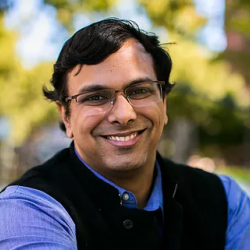-
About
-
-
Column1
-
-
- Research
-
India in Transition
-
-
Column for Other IiT Pages
-
Column for Translations
-
-
- Events
-
Student Programs
-
-
Column 2
-
Copyright © 2025 The Trustees of the University of Pennsylvania









